August 9, 1952: Sea Fury: 1 – MiG-15: 0
Fisher Models 1/32 Sea Fury F.B.11. Done as Peter "Hoagy" Carmichael's airplane.
The Sea Fury's introduction to combat came in the fall of 1950 when 807 Squadron, operating from HMS "Theseus," joined Task Force 95, the Korean blockade force. Operating jointly with Firefly F.R.IV and V strike aircraft, FAA Sea Furies flew from HMS "Triumph," "Theseus," "Glory," and "Ocean," as well as with the RAN from HMAS "Sydney" until the end of the war in July 1953.
In typical operations, the carrier was "on line" for 11 days ‑ 4 days of operations followed by 3 days of replenishment followed by a final 4 days of operations; at least two missions per day were flown by each operational aircraft aboard. These were missions in support of ground troops, or against rail and road transport to choke off supplies to the Chinese and North Koreans. As 802 Squadron pilot Peter Carmichael remembered, “Our biggest worry was flak. It kept you worried the whole time. Some of it was radar-controlled, and some used tracer. Most AA weapons were very well concealed, sometimes in houses in the villages. False targets were used as flak traps and their fire discipline was excellent.”
HMS "Ocean" came on‑line in May, 1952, with 802 Squadron equipped with Sea Furies. The carrier and its group would set records during this tour. 802 Squadron was launched with 1,000-lb bombs, twice the load carried by other Sea Furies in the light wind conditions found in the East China Sea, and several daily-launch records would be set.
By July and August, enemy jet incursions over North Korea to intercept UN fighter‑bomber sorties began to increase. On August 9, 1952, eight MiG‑15s hit the mixed strike force of Sea Furies and Fireflies. Combat was sharp, with one Firefly destroyed by a MiG's heavy cannon fire, but one of the MiGs lost speed as it maneuvered around for a second attack. With throttles “through the gate” to chase this slower MiG, the Sea Furies managed to hit both it and its wingman who came back for support. One of the two crashed, and Lt. Peter "Hoagy" Carmichael, Blue Section leader, was credited with the kill, the only victory by a British piston engine fighter over a jet in the war (one USMC Corsair pilot managed to get a MiG in similar circumstances, though he himself was shot down by the MiG's wingman moments later). The following day saw 8 more MiGs come after the Sea Furies, who were able to save themselves by dint of using their superior maneuverability at what was a low speed for the jets, pulling tight high-G maneuvers and taking advantage of cloud cover. One MiG was claimed damaged.

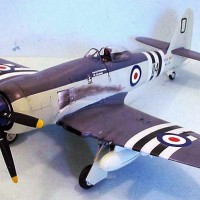
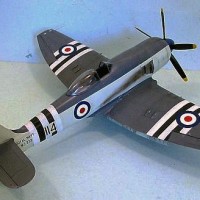
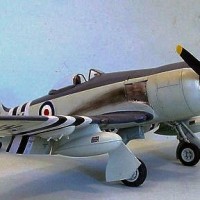
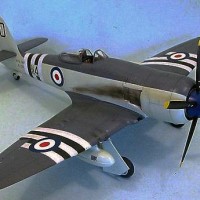
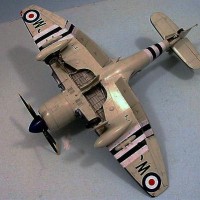
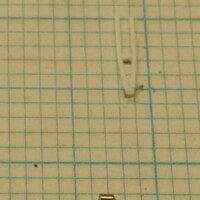
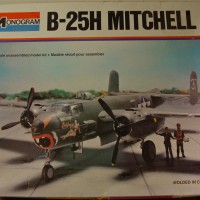


Nice build...AND nice pictures.
Great Sea Fury.
Another good offering: model & background. No comments on the kit? Should we take that as a plus or minus?
I really spectacular model
Very nice work Tom! I enjoyed the back-story and remember reading much of it when I researched for my own 1/48th version of Carmichael's' Sea Fury. Well done sir. 🙂
I was just reflecting on the fact that this encounter with MiGs happened just less than 5 months before my birthday. Great aviation history!
For a Resin kit ...nothing short of being "Art".
https://www.mcssl.com/store/fishermodels/catalog/search?keyword=Sea+Fury
Two thumbs up.
Nice Sea Fury Tom! That has to be one heavy hunk o' resin.
Tom,
This looks outstanding.
This is on my list of all tme favorite aircraft. I have this kit and it is started. It would not take too much more for me to finish it. I just have to get off my #%€&$. Trumpeter kit of this is alright but I would love to see Tamiya or Hasagawa do it in 1/48.